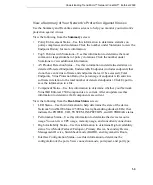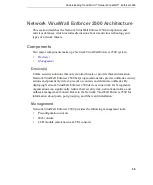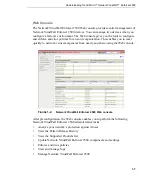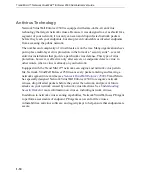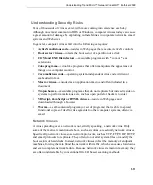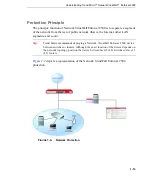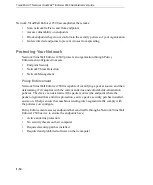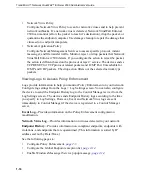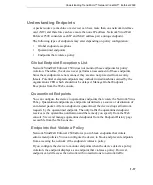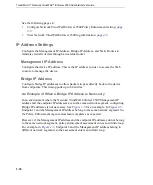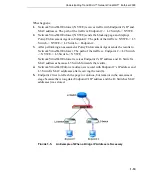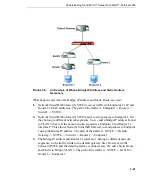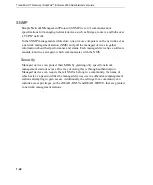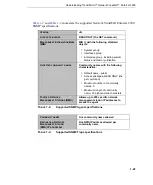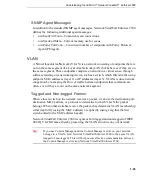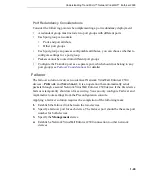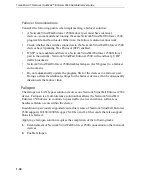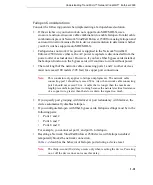
Understanding Trend Micro™ Network VirusWall™ Enforcer 2500
1
-
17
Understanding Endpoints
A packet source (a machine or a device) can have more than one network interface
card (NIC) and therefore can have more than one IP address. Network VirusWall
Enforcer 2500 considers each IP and MAC address pair a unique endpoint.
The following types of endpoints may exist depending on policy configuration:
•
Global endpoint exceptions
•
Quarantined endpoints
•
Endpoints that violate a policy
Global Endpoint Exceptions List
Network VirusWall Enforcer 2500 does not monitor these endpoints for policy
violation. Therefore, the device never performs an assessment of these endpoints.
Since these endpoints are not scanned, they are also not protected from security
threats. Potential exempted endpoints may include trusted machines owned by the
organizations CEO which should not be delayed. Manage Global Endpoint
Exceptions from the Web console.
Quarantined Endpoints
You can configure the device to quarantine endpoints that violate the Network Virus
Policy. Quarantined endpoints are endpoints identified as a source or destination of
an infected packet. After an endpoint is quarantined, the device drops all network
requests by the quarantined endpoint. The only traffic the quarantined endpoint
receives is the quarantine notification and the remedy you specify from the Web
console. View and manage quarantined endpoints from the Endpoint History page
accessible from the Web console.
Endpoints that Violate a Policy
Network VirusWall Enforcer 2500 allows you to block endpoints that violate
enforcement policies. You can configure the device to block and prevent endpoints
from accessing the network if the endpoint violates a policy.
If you configure the device to monitor endpoints when the device detects a policy
violation, the endpoint displays as an endpoint that violates a policy. However,
endpoint can still access the network with no restrictions to network traffic.

